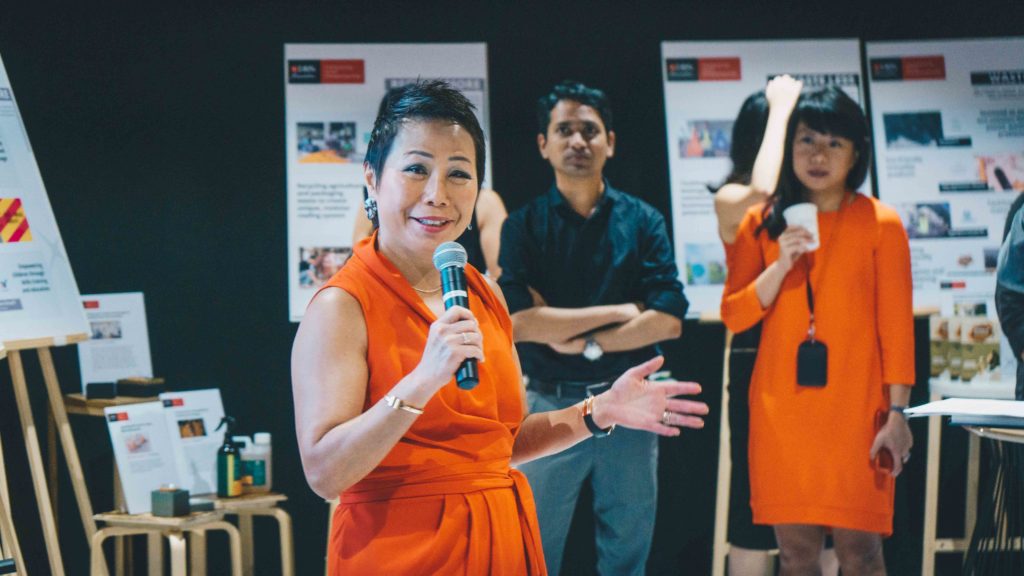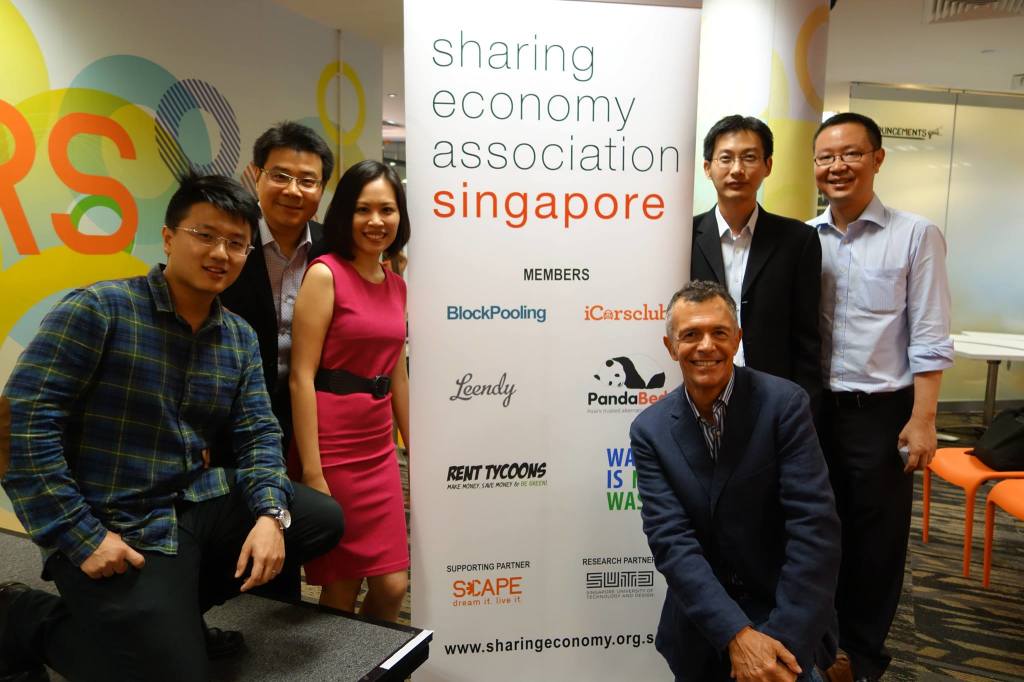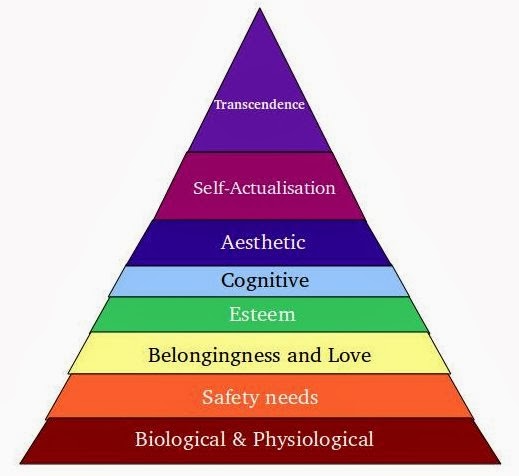
Student volunteer guides Jessie and Janet from Naked Hermit Crabs
By now, you’ve probably heard how social technologies can transform social, political and environmental movements. Globally, one can find numerous examples of causes given an online shot-in-the-arm through Twitter, Facebook, Youtube videos, shared photos, and other platforms. These channels have been further accelerated by the ubiquity of mobile apps on smartphones, tablets and other devices.
While the tools for making a difference have expanded tremendously, the core principles of creating and sustaining a cause are less well understood. Through a recent guided tour of Chek Jawa led by the Naked Hermit Crabs, I had the privilege of speaking to Ms Ria Tan, a passionate nature activist and founder of the Wild Singapore website. A close associate of my good friend Siva (another legend in nature circles), Ria provided useful insights on her journey.








